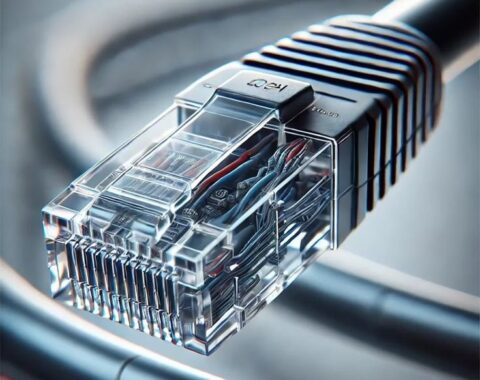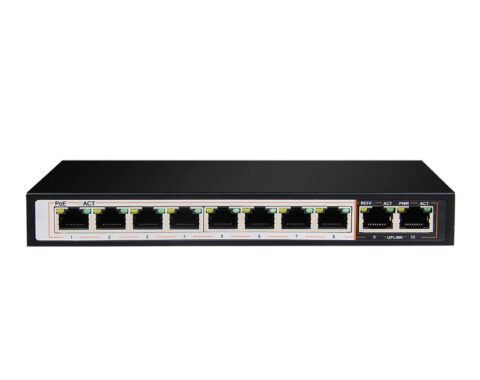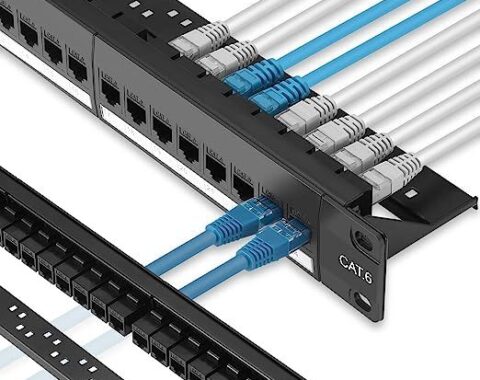In today’s fast-paced digital environments, businesses are under pressure to deliver fast, secure, and always-available connectivity. But with so much buzz around wireless technology, it’s easy to overlook the unsung hero of reliable networking: structured cabling.
The truth is, choosing between wired and wireless isn’t just unnecessary—it’s counterproductive. The smartest and most future-ready organizations are turning to hybrid network infrastructure: a combination of structured cabling and wireless access points that work together to deliver stability, speed, and flexibility.
Structured cabling is the backbone of your entire network. Without it, even your wireless connections wouldn’t function effectively, access points still need to connect somewhere.
These are the reasons as to why you should subscribe to Structured cabling?
✅ Stability & Reliability.
Wired networks offer a level of reliability that wireless simply can’t match. There’s no interference from walls, microwaves, or competing signals. This makes it ideal for:
Servers & data centers
VoIP phones and conference systems
Security cameras
Desktop workstations in high-performance environments
✅ Speed & Low Latency.
Modern Ethernet standards (like Cat6a or fiber) offer blazing fast, symmetrical speeds with ultra-low latency. This ensures performance stays consistent even during peak usage times.
✅ Enhanced Security
With wired connections, there’s less surface area for attacks. Physical access is required, and traffic is easier to isolate using tools like VLANs and firewalls.
📶 Why Wireless is No Longer Optional
While cabling handles your core traffic, wireless provides the mobility and flexibility today’s users demand.
✅ Mobility & Flexibility
Employees expect to move freely around the office with laptops, tablets, or smartphones. Visitors and clients also need seamless, secure Wi-Fi access.
✅ Support for IoT & Smart Devices.
From smart thermostats to wireless security sensors, many modern devices don’t even come with Ethernet ports. Wireless is their only option.
✅ Fast, Scalable Deployment.
Need to extend coverage? Adding new access points is often faster (and less disruptive) than tearing into walls or running additional cable—especially in older buildings or open office layouts.
In conclusion Wired and wireless networks aren’t competitors—they’re teammates. A hybrid approach gives you the best of both worlds: the performance and security of cabling, combined with the freedom and flexibility of wireless.
Whether you’re building a new office, upgrading an old one, or planning for the future, don’t choose one over the other. Design your network to do both—better.



